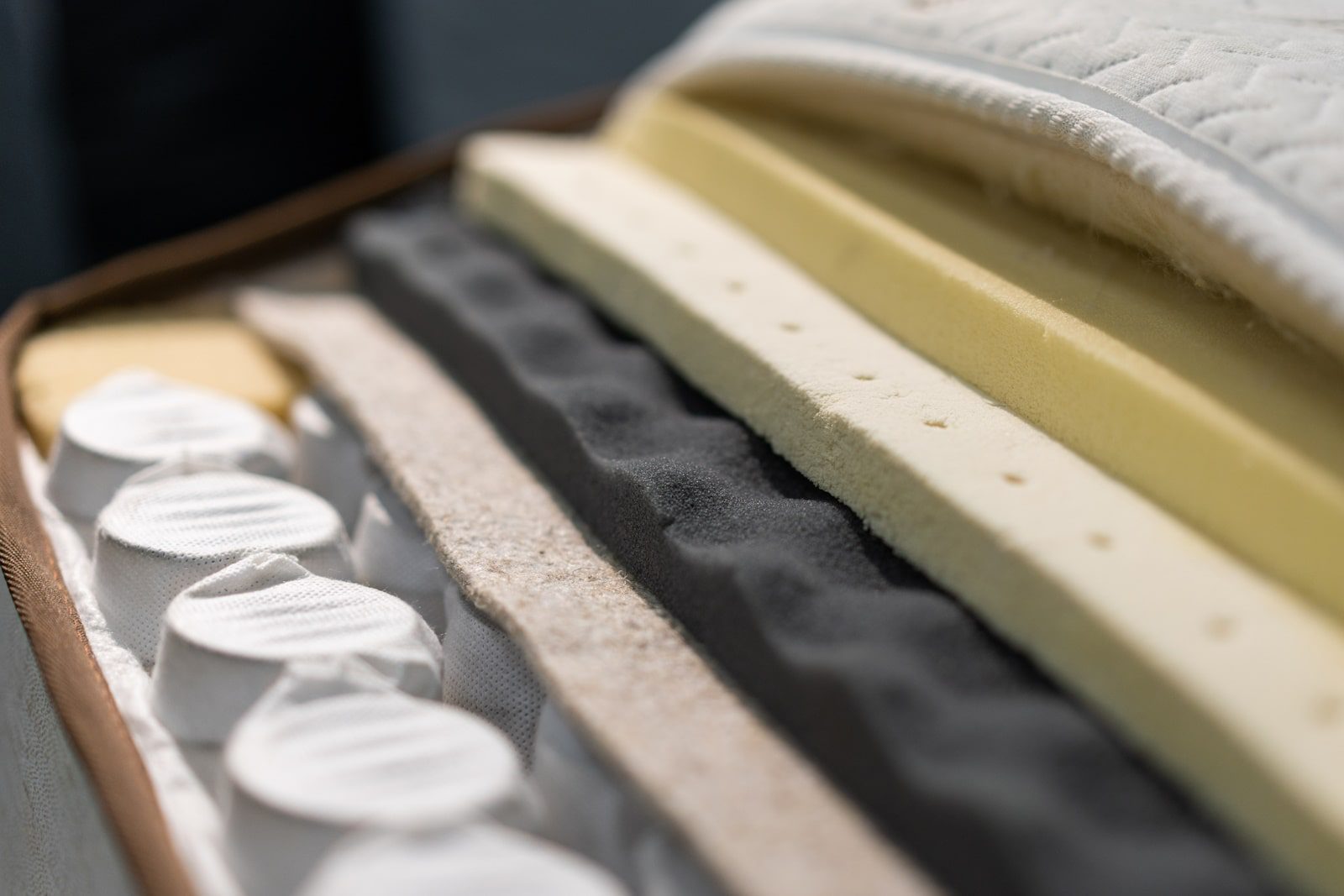
Companies for Interior Design and New Soundproofing Materials
The shift towards open-plan offices has transformed the way we work, fostering collaboration and spatial efficiency. However, these designs often overlook one major factor: noise. In South Africa’s fast-evolving corporate landscape, particularly in cities like Johannesburg, Cape Town and Durban, the need for sustainable acoustic solutions in open-plan offices is growing. Noise-related distractions, lack of privacy and reduced concentration are ongoing concerns—and solving them sustainably is fast becoming a priority to companies for interior design.
The Acoustic Challenge in Open-Plan Offices
While open layouts promote interaction, they come at the cost of acoustic control. The absence of walls amplifies sound travel, increasing distractions and interrupting focus. Research shows that noise can lower productivity by up to 66%, with conversational distractions being the primary cause. In environments where tasks require concentration, these interruptions can lead to fatigue and frustration.
Companies for interior design are increasingly being called upon to solve this issue—not just with functional fixes, but with materials that align with environmental and wellness goals.
What Makes an Acoustic Material “Sustainable”?
Sustainable acoustic materials meet several criteria that reduce their impact on both people and the planet:
- Recycled Content: Materials derived from post-consumer waste, such as plastic bottles.
- Non-Toxic Composition: Free from volatile organic compounds (VOCs) and safe for indoor air quality.
- Low Carbon Footprint: Efficient production processes that minimise greenhouse gas emissions.
- Recyclability or Biodegradability: Materials designed for circular use or safe breakdown at end-of-life.
These attributes are now standard benchmarks for companies for interior design seeking to align with environmental certifications such as LEED, WELL, and Green Star SA.
Recycled PET Felt Panels: From Waste to Wellness
One of the most innovative materials to emerge in recent years is recycled PET felt, made by repurposing plastic bottles into dense, flexible acoustic panels. Lightweight yet highly absorbent, these panels are now widely used in South African office fit-outs.
PET felt can be precision-cut into decorative wall panels, desk dividers, or hanging baffles—enhancing both form and function. Its durability and customisability make it a favourite among companies for interior design focused on environmental performance and visual appeal.
Hemp, Cork, and Mycelium-Based Panels
Natural materials are also gaining traction as acoustic solutions, thanks to their renewability and low environmental impact:
- Hemp Panels: Grown locally in South Africa, hemp is a fast-growing, carbon-sequestering crop. Panels made from hemp fibres are biodegradable and have excellent thermal and acoustic insulation qualities.
- Cork Panels: Sourced from the bark of cork oak trees, these panels are both renewable and highly effective at dampening sound. They’re also hypoallergenic and resistant to mould and mildew, ideal for healthy indoor environments.
- Mycelium Panels: A cutting-edge solution, mycelium (the root structure of fungi) is used to grow panels in custom moulds. The result is a compostable, lightweight material that absorbs sound while breaking down safely after use.
These bio-based options are becoming popular with companies for interior design looking to reduce reliance on synthetic or mineral-based materials.
Cradle-to-Cradle Certified Acoustic Products
Cradle-to-Cradle (C2C) certification ensures products are safe, circular, and responsibly made. Acoustic panels carrying this certification guarantee minimal impact on ecosystems while maintaining performance standards.
Products like Cewood acoustic panels and Rockfon stone wool tiles are C2C certified and increasingly accessible through South African distributors. For companies aiming for compliance with corporate ESG goals or tender requirements, C2C products offer verifiable sustainability credentials that companies for interior design can confidently specify.
Acoustic Baffles and Ceiling Clouds from Reclaimed Materials
Suspended acoustic features like baffles and ceiling clouds are not only effective at noise reduction but can also serve as standout design elements. When constructed from reclaimed textiles, timber, or post-industrial offcuts, they merge environmental consciousness with architectural creativity.
In high-volume office spaces such as call centres or coworking hubs, these overhead elements can dramatically reduce reverberation while providing visual identity. Companies for interior design increasingly choose these upcycled treatments for clients seeking unique, branded interiors with low environmental impact.
VOC-Free Acoustic Insulation: Healthy Materials for Healthy Minds
Conventional insulation materials often emit VOCs, contributing to poor indoor air quality. Sustainable alternatives include:
- Cellulose insulation made from recycled newspaper
- Recycled denim insulation, soft and effective at blocking airborne sound
- Sheep’s wool, a natural, VOC-absorbing material with excellent thermal and acoustic properties
Each of these options is suitable for partition walls and ceilings in commercial environments. For companies for interior design, specifying low-emission insulation has become standard best practice for wellness-certified workplaces.
Balancing Performance and Aesthetics
Sustainability should not compromise visual impact. Today’s sustainable acoustic materials come in a wide range of textures, colours, and forms—from minimalist panels to sculptural installations. Acoustic design has evolved from being hidden infrastructure to an integral part of workplace branding and ambience.
Companies for interior design now collaborate with acoustic consultants and architects to ensure that sustainability goals align with branding, lighting, and spatial flow. Whether working on corporate headquarters or agile workspace hubs, the integration of acoustic and visual design is key.
Final Thoughts
As sustainability moves from optional to essential, South African businesses are re-evaluating how their workplaces are designed—from layout and lighting to acoustics. By adopting eco-friendly soundproofing materials, they not only improve employee well-being but also reduce environmental impact.
Partnering with experienced companies for interior design is the most effective way to ensure that acoustic solutions are functional, compliant, and sustainable. Whether using recycled PET felt or C2C-certified cork, the future of workplace acoustics is both green and beautiful.
At Turnkey Interiors, we help businesses create high-performance workspaces that support sustainability and employee well-being. If you’re looking to solve acoustic challenges without compromising on design or environmental values, get in touch with us. We’ll show you how sustainable acoustics can work for your space.



Leave a Reply